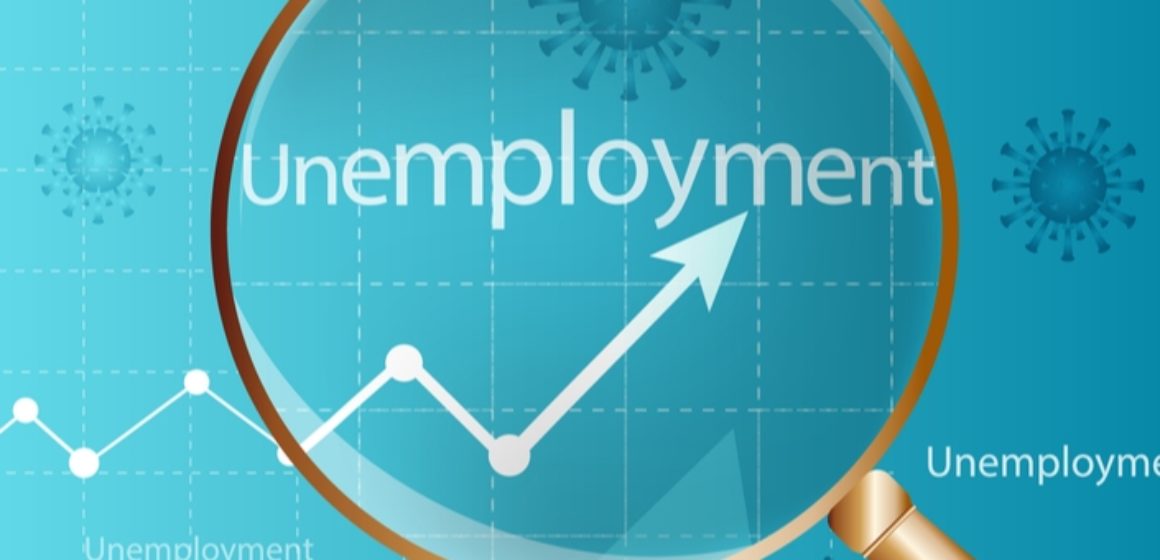While the official unemployment rate for the country now stands at 33,5% in the second quarter of 2024, the Western Cape remains the province with the lowest unemployment rate, at 22,2%.
The province’s unemployment rate has consistently been below the official unemployment rate in SA for the past 10 years.
The Western Cape’s business and finance services sector created 121 000 jobs year-on-year, between quarter two of 2023 and quarter one of 2024.
There were however were 65 000 job losses between the latest two quarters in the province.
READ: Cape Town adds jobs as national unemployment rate grows
Statistics South Africa released the jobs data yesterday.
According to Quarterly Labour Force Survey Results, there was a decrease of 92 000 in the number of employed persons to 16,7 million in the second quarter, while there was an increase of 158 000 in the number of unemployed to 8,4 million compared to the first quarter.
Discouraged work-seekers increased by 147 000 (up by 4,8%), while the number of persons who were not economically active for reasons other than discouragement decreased by 75 000 (down by 0,6%) between the two quarters.
This resulted in the expanded unemployment rate (which includes those discouraged work-seekers) to increase by 0,7 of a percentage point to 42,6%.
The formal sector shed the most jobs (77 000), while informal sector employment increased by 48 000 over the same period.
Job losses were seen in the Trade (111 000), Agriculture (45 000), Private households (18 2 000), Construction (11 000) and Finance (9 000) industries.
Increases in employment were mainly recorded in Manufacturing (49 000), Community and social services (36 000) and Utilities (9 000).
Meanwhile, women continue to shoulder a disproportionate burden of unemployment, underemployment, and lower workforce participation compared to men.
The total number of unemployed women increased by 93 000 to 4,1 million while the number of employed women decreased by 28 000 to 7,4 million.
This resulted in the women’s unemployment rate increasing from 35,2% in first quarter of 2024 to 35,8% in the second quarter of 2024.
The data shows that women, irrespective of their educational background — whether they have less than a matric certificate, a matric certificate, other tertiary qualifications, or a graduate degree — consistently face higher unemployment rates compared to men.


